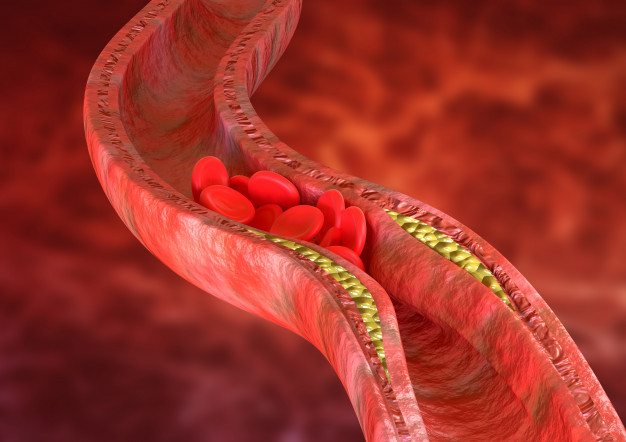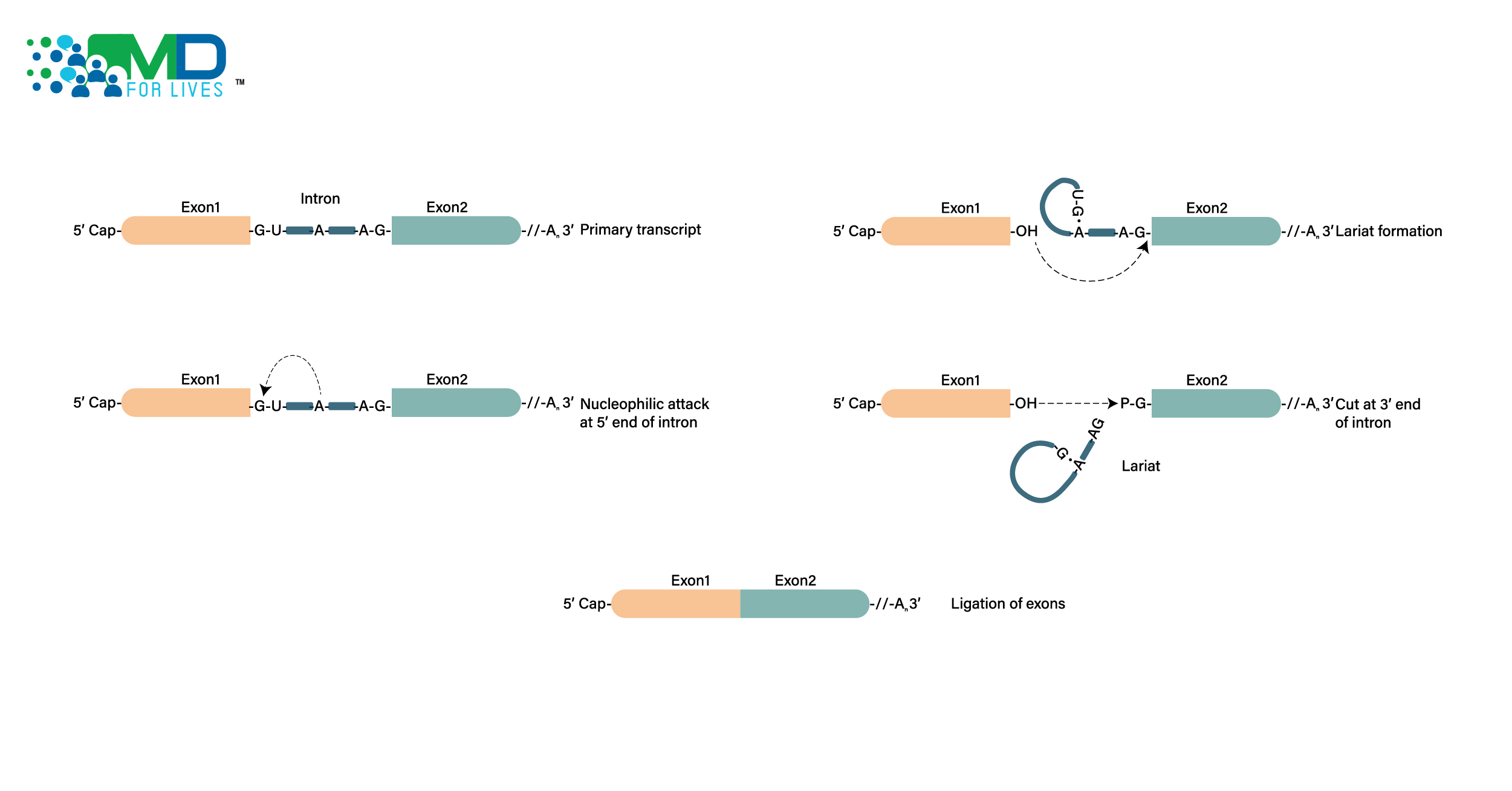US Food and Drug Administration (FDA) has warned both patients and doctors alike about the use of balloon angioplasty in treating autonomic dysfunction occurring in various neurologic disorders. These include Parkinson disease, multiple sclerosis, multiple system atrophy, fibromyalgia, neuropathies, and much more. Due to lack of scientific evidence and no documented clinical data, the FDA has issued a warning against its use.[1]
What is transvascular autonomic modulation (TVAM)?
This experimental procedure involves using a modified balloon angioplasty in a patient’s vein mainly the jugular vein to dilate the vein. This procedure uses balloon angioplasty devices beyond FDA approval and indication. FDA has not reviewed or documented any information that supports the safety and effectiveness of balloon angioplasty devices for treating autonomic dysfunction.
A physician Dr. Michael Arata [1] claims that this particular procedure has tremendous scope of treatment in a number of neurological disorders.
Similar warning issued a few years back by the FDA
A similar warning was communicated by the FDA in 2012 regarding the use of this procedure for treating cerebrospinal venous fluid insufficiency in patients with multiple sclerosis.
FDA has reported serious adverse events, which include balloon rupture, cerebral venous thromboembolism, cranial nerve damage, abdominal bleeding, and death.[1]
Studies of medical devices that include balloon angioplasty devices for the use of autonomic dysfunction treatment carry a significant level of risk and require approval by a special program of the FDA. This program helps protect the rights, safety, and welfare of patients participating in such clinical trials and studies.
FDA recommendations for physicians and clinical investigators
- FDA has not approved or recommended the use of balloon angioplasty devices in the treatment of autonomic dysfunction disorders.
- FDA has no clinical data to support the use of these devices for treating autonomic dysfunction disorders.
- It is advisable to discuss benefits and risks of various treatment options with the patient.
- Adverse events associated with catheter-guided endovascular intervention and those related specifically to the use of balloon angioplasty devices for TVAM should also be discussed with the patients.
- Patients need to know that balloon angioplasty procedure is experimental, and the FDA has not approved its safety and effectiveness for autonomic dysfunction treatment.
- If you have any patients who have undergone this procedure continuously keep them under active surveillance for potential risks and complications such as excessive pain, discomfort, bruising, excessive bleeding from the puncture site, and stroke or stroke-like complications.[1]
- In the case of an adverse event related to TVAM procedure, report it to the FDA’s Med Watch
For patients with autonomic dysfunction
- Discuss benefits and risks of all treatments available for autonomic dysfunction with your neurologist etc.
- If you plan to follow the experimental or diagnostic procedures for TVAM continue the treatment plan otherwise outlined by your neurologist
- Be aware that TVAM is an experimental procedure with no formal study backing it by the FDA. Complications include stroke or stroke-like symptoms
- If you decide to undergo TVAM and experience any adverse symptoms immediately contact your healthcare provider.
Credit: Dr. Rachita on behalf of Borderless Access
Copyright © 2017 BorderlessAccess
Reference:





